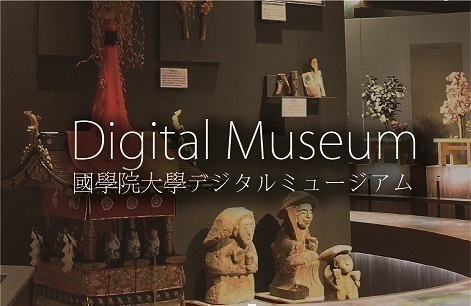- トップ
- Encyclopedia of Shinto
- Sokui
Encyclopedia of Shinto
| Main Menu: | |
| Links: |
詳細表示 (Complete Article)
| カテゴリー1: | 5. Rites and Festivals |
|---|---|
| カテゴリー2: | State Rites |
| Title | Sokui |
| Text | Enthronement ceremony. One of several ceremonies accompanying a new emperor's accession to the throne. Originally the characters for "sokui" were read "ama-tsu-hi-tsugi shiroshimesu," and referred to the same rite as "senso". However, during the reign of Emperor Kanmu, the senso ceremony, in which the new emperor inherits the divine objects, and the sokui ceremony, in which official investment occurs and accession is publicly proclaimed, became separated by a few days. The sokui ceremony takes place in the front garden of the Daigoku Hall, after the model of Tang China. All the ministers (bunbu hyakkan, lit: "the hundred ministers of letters and warfare") sit in attendance while the emperor, wearing a ritual headdress and robes, ascends to an elevated stage where the throne takamikura is placed, and a declaration is pronounced announcing the accession. The older Chinese-style ceremony was abolished at the time of the accession of the Meiji Emperor in 1867, which provided the occasion for the establishment of a number of new precedents. The emperor wore Japanese-style formal robes known as sokutai and a new ceremonial system was introduced. The specific proceedings of the sokui ceremony were regulated under the 1909 Tōkyoku Prescriptions. The Heisei emperor's accession ceremony, the only one to have been conducted since the adoption of Japan's post-WWII Constitution, was carried out following the precedents set by the Taishō and Shōwa accessions. The First-Fruits Festival (Daijō sai), celebrated by a new emperor as part of his enthronement rites, is held later in the year of accession or in the following year. Enthronement rites, including Senso and Daijōsai, are referred to using the general term sokui-girei (accession rites). — Okada Shōji |




